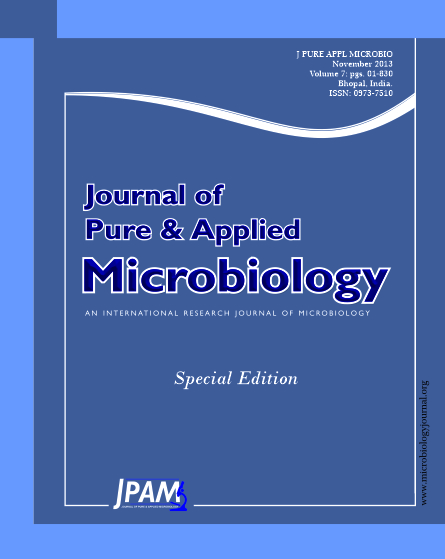Brucellosis is a zoonotic disease, which involves both animals and human. Although the conventional methods have been widely used for its laboratory diagnosis, the polymerase chain reaction (PCR) techniques have proved to be useful due to specificity, sensitivity and the rapidness. The aim of this study was to detect Brucella spp. in semen, testis and blood samples of cattle and sheep. From December 2012 and February 2013, 45 sperm (cattle) and 84 testis (Bulls and Rams) and 315 (cattle and sheep) blood samples were collected. Samples were immediately transferred to the laboratory and DNA was extracted from all samples. PCR was performed using specific primers for Brucella DNA. From 130 samples (total 444) were positive by PCR method. Totally, 46 (total 173) and 84 (total 271) of sheep’s and cattle different samples were positive for Brucella species; And 14 (31.11%) bulls semen samples, and 7 (15.21%) and 4 (10.52%) bulls and rams testis samples, and 63 (35%) and 42 (31.11%) cattle and sheep’s blood samples were positive for Brucella spp. PCR method is sensitive and specific for diagnosis and detection of Brucella species in suspected cases. According to present findings, the examination of cattle’s and sheep’s for Brucella infection seems to be necessary for control and prevention of Brucellosis.
Brucella spp, Cattle, Sheep, semen, blood, testis, polymerase chain reaction
© The Author(s) 2013. Open Access. This article is distributed under the terms of the Creative Commons Attribution 4.0 International License which permits unrestricted use, sharing, distribution, and reproduction in any medium, provided you give appropriate credit to the original author(s) and the source, provide a link to the Creative Commons license, and indicate if changes were made.


